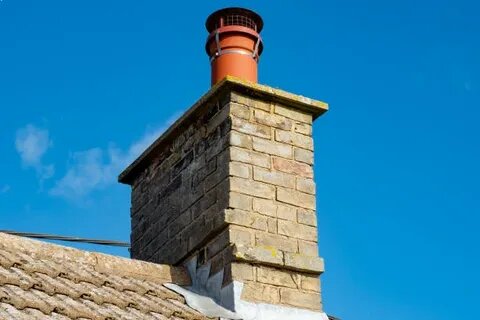Introduction
Let’s be honest—most of us enjoy the warmth of a fireplace without giving much thought to what’s happening inside the chimney. One of the unsung heroes up there is the chimney liner. It quietly protects your home, keeps things safe, and makes sure everything runs as it should. Whether you’re upgrading your setup or building something new, picking the right liner is a decision worth some attention. Here’s everything you need to know, shared in plain language. Provided by Colorado Springs Chimney Liner.
1. What to Look for in a Solid Liner
When it comes to chimney liners, certain traits make a real difference. Let’s break them down:
- Long-Lasting Material: You don’t want to replace your liner every few years. Stainless steel is tough, weather-resistant, and built to last.
- Flex or Straight: A straight chimney? You’re golden. But if your flue has bends or odd angles, a flexible liner is going to fit better.
- Thermal Protection: Good insulation keeps smoke flowing the right way—up and out—while also keeping moisture buildup to a minimum.
- Proper Sizing: If it’s too wide or too narrow, you’ll have problems. It’s like trying to wear shoes that don’t fit—uncomfortable and risky.
Choose something that fits your chimney, meets safety needs, and is built to handle the type of fuel you use.
2. Why Safety is the Real Bottom Line
A chimney liner is about more than performance—it’s a core part of your home’s safety system. Here’s why it matters:
- Fire Barrier: The liner keeps intense heat and flammable soot from spreading to nearby walls or framing.
- Blocks Harmful Gases: Without a good liner, dangerous gases like carbon monoxide can seep into your home.
- Reduces Moisture Damage: A proper liner helps keep acidic moisture from eating away at the masonry.
- Rust and Crack Protection: Stainless steel won’t rust easily, and that’s important in a space that sees so much moisture and temperature change.
Think of it as a layer of armor between your home and a lot of potential trouble.
3. The Cost Breakdown (And Why It’s Worth It)
No one wants surprise costs, so let’s get a general idea of what chimney liners cost and what you get at each level. Prices vary based on the size of your chimney, how easy it is to access, and the type of material you choose.
| Liner Type | Expected Lifespan | Typical Cost | Ideal Use |
|---|---|---|---|
| Stainless Steel | 20–25 years | $900–$2,500+ | Long-term residential use |
| Aluminum | 10–15 years | $400–$1,000 | Light-use gas appliances |
| Clay Tiles | Up to 50 years | Usually included | Older homes, may need restoration |
| Cement (Cast-in-Place) | 30+ years | $2,000–$5,000 | Custom fits, restoration projects |
It’s not just about the initial cost. A good liner can prevent expensive damage and make your home safer—so it’s money well spent.
4. Emergency Help When You Really Need It
Chimney issues don’t always show up on your schedule. Maybe it’s the middle of winter and smoke starts creeping back into your living room. Maybe there’s a weird smell that won’t go away. That’s when having access to fast emergency service matters.
Ask these things when choosing a liner company:
- Do they respond after hours?
- Can they inspect and patch things temporarily if needed?
- Do they work weekends or holidays?
When something goes wrong with your chimney, time counts. Choose a team that won’t leave you stuck waiting in the cold.
“Chimney liners don’t get much credit, but they’re one of the most important safety upgrades you can make in your home.”
Frequently Asked Questions
Q1: What are the warning signs that my chimney liner is damaged?
A: You might hear odd sounds, notice smoke leaking indoors, or see bits of debris or rust near the fireplace.
Q2: Can I do the liner installation myself?
A: If you’re extremely handy and familiar with chimneys, maybe. But most homeowners are better off letting the pros handle it safely.
Q3: How often should the liner be checked?
A: Once a year during your annual chimney inspection is a good rule.
Q4: Is a liner required by law?
A: Many building codes do require liners, especially when replacing appliances or switching fuel types.
Conclusion
Choosing the right chimney liner might not sound exciting, but it’s one of those things that quietly makes your life safer and more comfortable. Focus on quality materials, proper fit, good insulation, and access to help if something goes wrong. It’s a one-time decision that protects your home for decades. For support from a local team that knows the ropes, reach out to Colorado Springs Chimney Liner—where your safety is our top priority.
Read More: Colorado Springs Chimney Sweep



